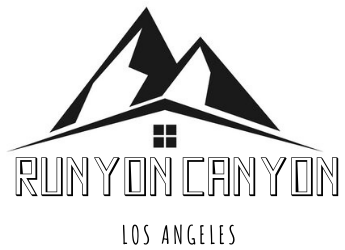What is risk vs hazard?
A hazard is something that has the potential to cause harm while risk is the likelihood of harm taking place, based on exposure to that hazard.
What are five examples of hazard risks?
physical – radiation, magnetic fields, pressure extremes (high pressure or vacuum), noise, etc., psychosocial – stress, violence, etc., safety – slipping/tripping hazards, inappropriate machine guarding, equipment malfunctions or breakdowns.
What are the 10 types of hazard and risk?
The Top 10 Workplace Hazards and How to Prevent Them
- Slips, trips, and falls. Falls from tripping over who-knows-what (uneven floor surfaces, wet floors, loose cables, etc.)
- Electrical.
- Fire.
- Working in confined spaces.
- Chemical hazards.
- Biological hazards.
- Asbestos.
- Noise.
What is a risk in safety?
When we refer to risk in relation to occupational safety and health the most commonly used definition is ‘risk is the likelihood that a person may be harmed or suffers adverse health effects if exposed to a hazard.
What is hazard in safety?
There are many definitions for hazard but the most common definition when talking about workplace health and safety is “A hazard is any source of potential damage, harm or adverse health effects on something or someone.” Hazard – a potential source of harm to a worker.
What are the 5 types of hazards in workplace?
What are the 6 types of hazards in the workplace?
- 1) Safety hazards. Safety hazards can affect any employee but these are more likely to affect those who work with machinery or on a construction site.
- 2) Biological hazards.
- 3) Physical hazards.
- 4) Ergonomic hazards.
- 5) Chemical hazards.
- 6) Workload hazards.
What are the classifications of hazard?
GHS uses three hazard classes: Health Hazards, Physical Hazards and Environmental Hazards. These aren’t required by OSHA.
What are the types of hazard?
What is example of risk?
A risk is the chance, high or low, that any hazard will actually cause somebody harm. For example, working alone away from your office can be a hazard. The risk of personal danger may be high. Electric cabling is a hazard.
What define the terms hazard and risk?
Difference Between Hazard and Risk Definition. Hazard: Hazard refers to a source of potential harm or danger. Risk: Risk refers to the possibility that harm or injury might occur when exposed to a hazard. Examples. Hazard: Different elements such as chemicals, excessive noise, fumes, electricity, etc. Safety. Hazard: Hazard may remain the same even if the risk is minimised.
What is hazard based risk?
Hazard based risks are risks associated with sources of potential harm or situations that may cause harm to employees, customers or the general public. These can include workplace hazards, chemical or biological hazards or psychological hazards such as workplace bullying or harassment.
How to conduct a hazard identification and risk assessment?
How to Conduct a Hazard Identification and Risk Assessment Preparation. Before you even begin, put together a risk assessment team to conduct surveys and gather relevant information. Hazard Identification. Identify hazards or potential incidents. Risk Assessment. Plan Control Measures. Record Keeping. Implementation and Review.
What does the term risk mean for hazard?
Risk is the chance or probability that a person will be harmed or experience an adverse health effect if exposed to a hazard. It may also apply to situations with property or equipment loss, or harmful effects on the environment.
